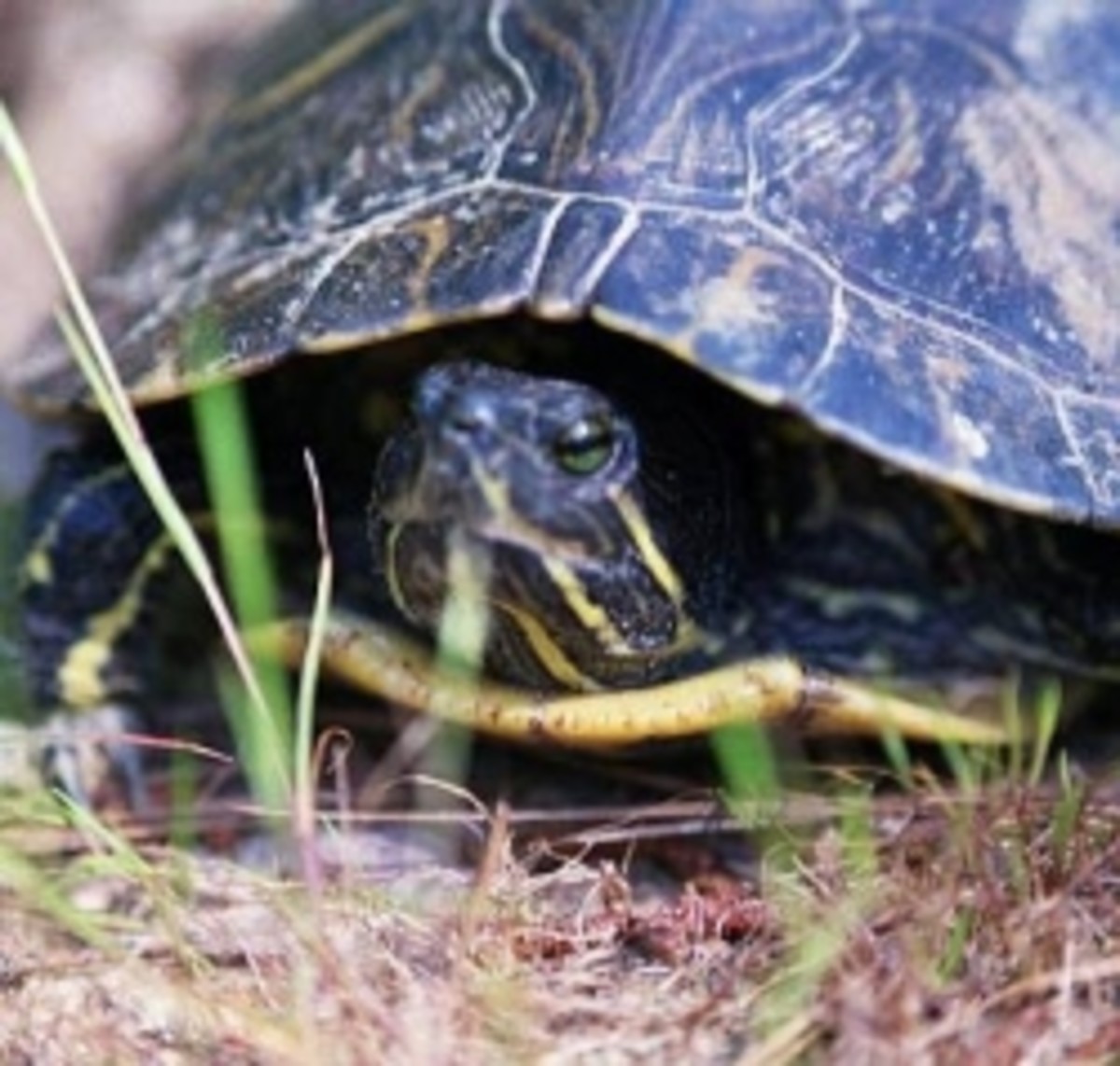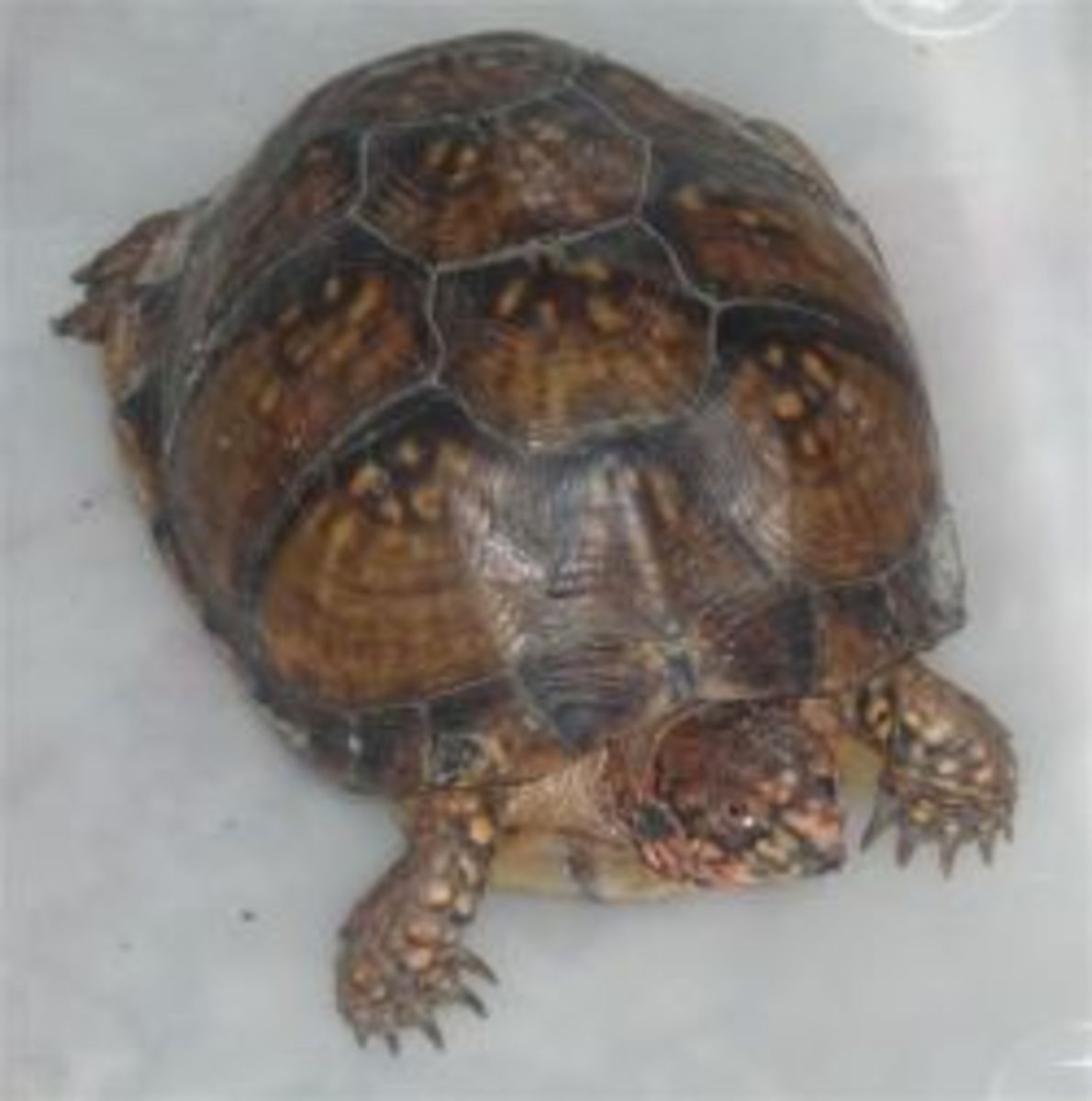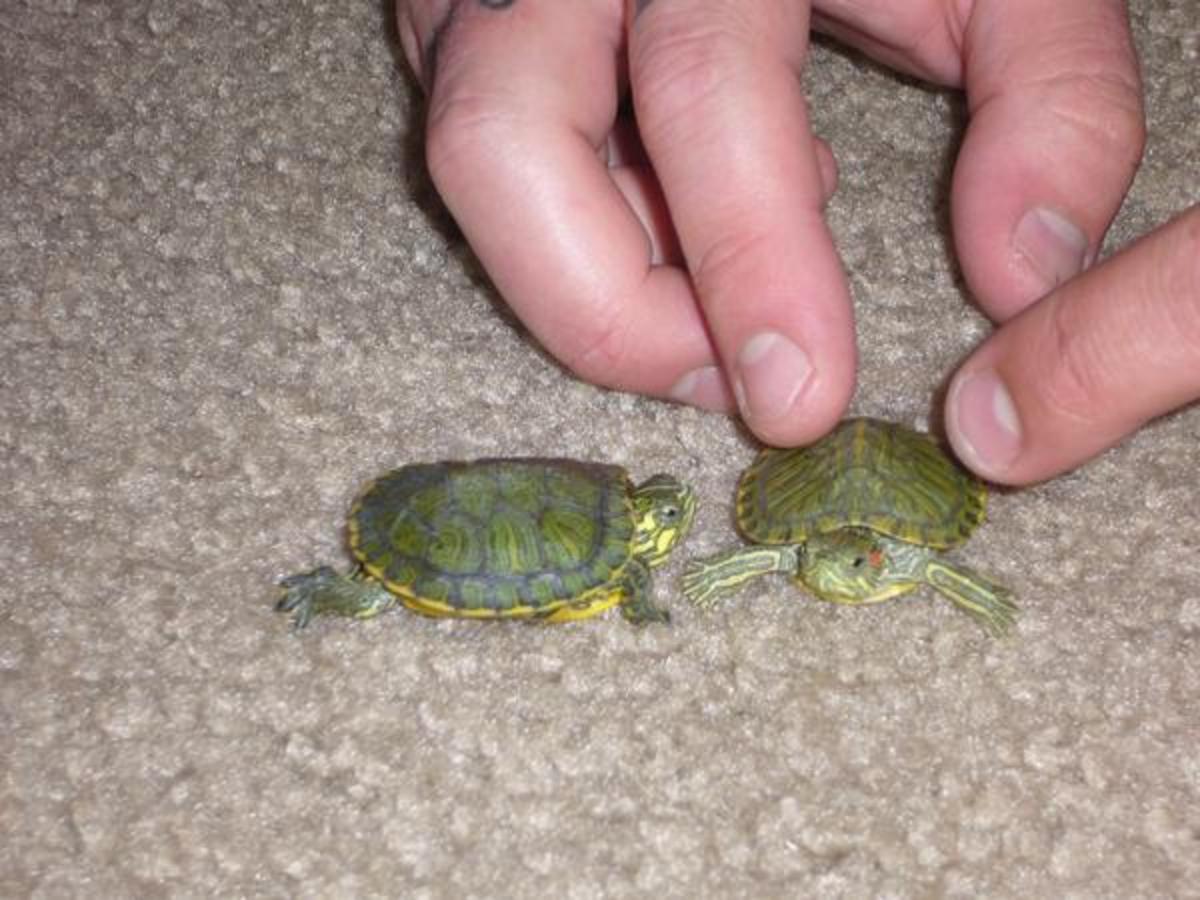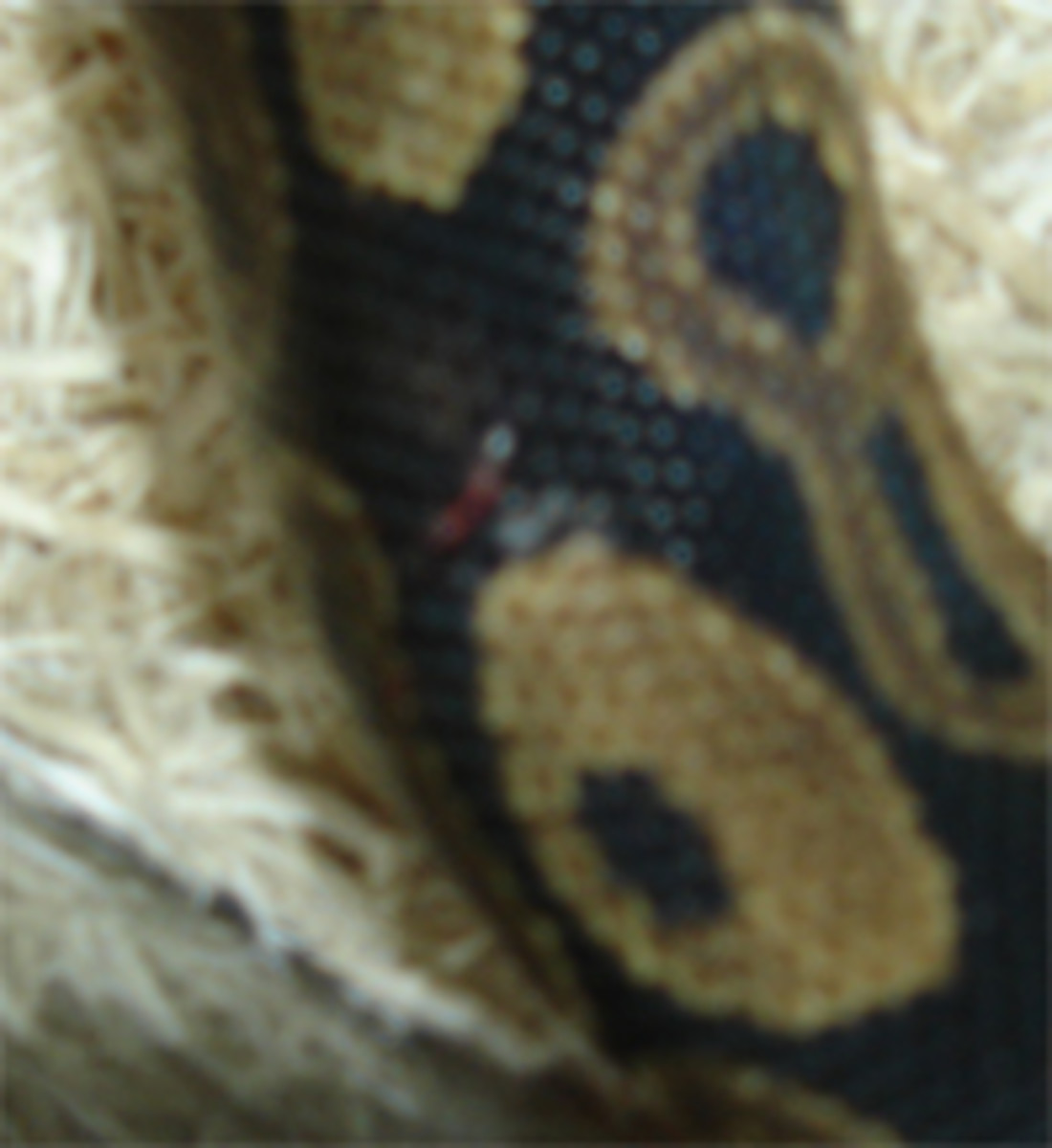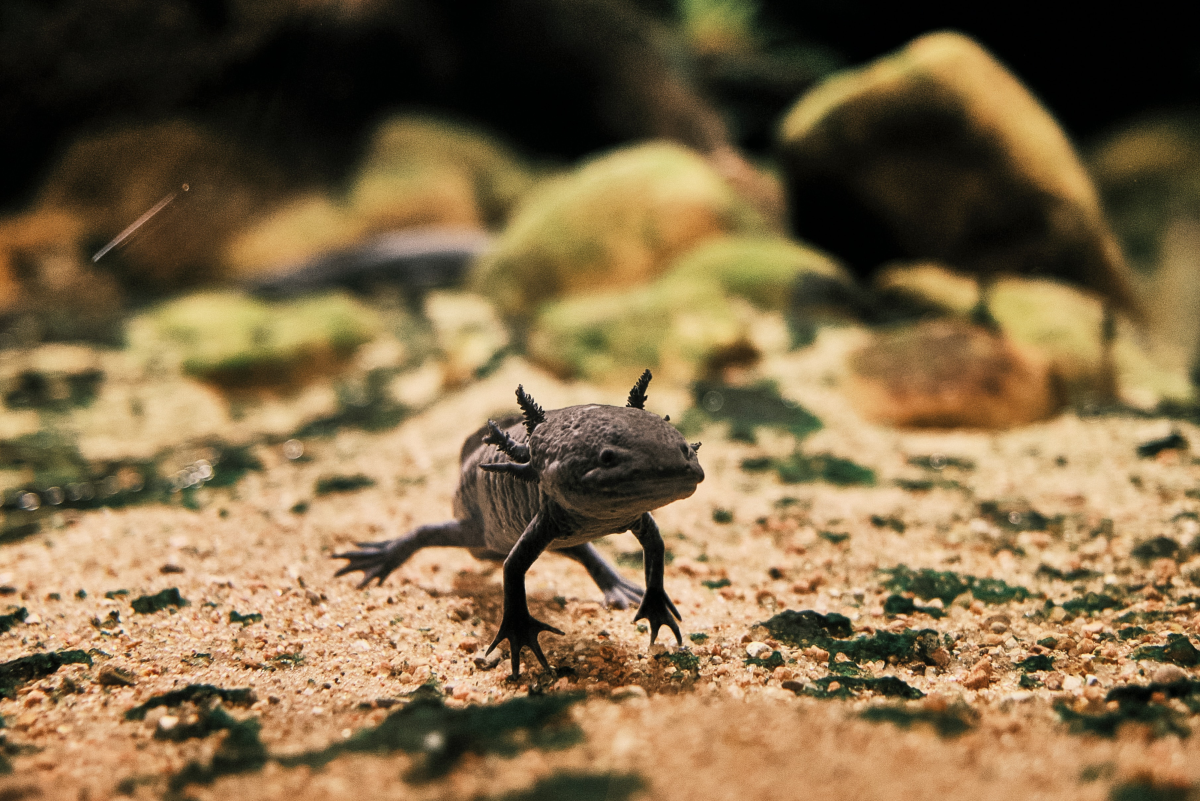Loggerhead Turtles
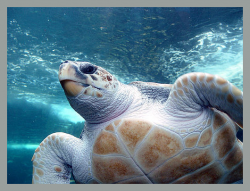
All About the Endangered Loggerhead Turtles Species of the Atlantic Ocean
The Loggerhead Turtle, the most common sea turtle in the United States, can be seen anywhere ranging from Newfoundland to Argentina. Most Loggerheaded Turtle nesting areas in the U.S. are located right in Florida, an estimated 90% or so to be exact. Other prominent nesting areas include Australia, Oman, Turkey, Greece, Cyprus, Cape Verde Islands, and Israel. It's not uncommon to see several Loggerhead Turtles off the shore of Florida.
On this page, you can find pictures of this beautiful sea turtle, and also read about mating habits, migration, find videos, and read about the conservation status.

The Florida Hot Spot... for Turtles!
It's not just humans that love Florida -- Turtles Love it Too!
Loggerhead Turtles love Florida. They're primarily known to nest in a twenty mile section of coastline from Melbourne Beach to Wabasso Beach. It's commonly known as the most important nesting area for loggerhead sea turtles in the western hemisphere. Loggerheads love it so much that they return here every year to lay their eggs on a piece of sand that is very close to where they were born. Around 40% of Loggerhead nests are in sunny FL.

What do they Look Like?
Identify a Loggerhead Turtle!
Loggerhead Turtles can be easily identified from their reddish-brown shell and yellow colored bottom. The flippers are dark brown trimmed in white, and the heads are the same colors. Young Loggerheads hatch much darker and lighten as they mature.
Loggerhead Turtle Poll
Have you ever seen a Loggerhead Turtle in person?

Eating, Mating & Hatching Habits
Cool facts on the Loggerhead Turtle
Mating occurs in the months of March to June in the open Atlantic for most Loggerheads. They require dark, soft, sandy beaches for appropriate nesting. A batch of 100 or so eggs is common, which occurs every 2-3 years. Nest sites are often made protected from predators (and humans) through special fencing set up by volunteer workers to help encourage hatching.
Upon successful hatching, they head to the water guided by the brightest light. Light pollution can often confuse and misguide newly hatched Loggerheads. Heading to the ocean, hatchlings will seek out floating seaweed beds as protection until they grow in size. After this stage, the turtles will migrate to find food sources all over the ocean. Food sources include bottom dwelling creatures like conch, crabs and lobster, which can easily be crushed with the turtles' powerful jaws.
Loggerhead Sea Turtle, picture by Damien du Toit
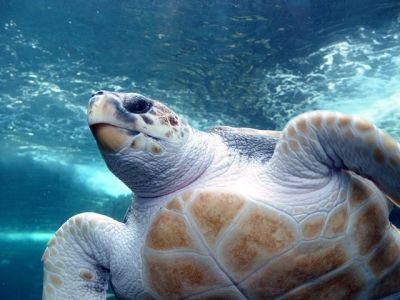
Loggerhead Links - Learn more about the species, and find out how you can help!
Help out the Loggerheads!
- Archie Carr National Wildlife Refuge
A twenty mile section of coastline in Florida set aside for one thing: Loggerhead Turtle nesting! - Adopt a Sea Turtle!
CCC has several named turtles with satellite transmitters attached to the back of their shells. This allows use of space age technology to learn more about their migratory behavior (Satellite tracking FAQ). When you adopt a satellite-tagged turtle, y - Buy a Plate to Help a Turtle!
If you live in Florida, you can buy a Loggerhead Turtle license plate to help The Florida Fish and Wildlife Conservation Commission's Marine Turtle Protection Program! - Donate to the Archie Carr Refuge!
Save turtle habitat before it's too late by joining here and becoming a member. The turtles will appreciate it! - Nonstick Chemical Impairs Turtles
Liver and Immune System Damage Raises Questions About Human Health. - Plastic Bags Choke Turtles
Overusage and improper disposal of plastic bags has choked out some turtles! - Fake Flipper Sought for Sea Turtle
When tourists found this Atlantic green sea turtle missing three flippers, the people who run an endangered hospital for animals gave it little hope for survival... - Loggerheads on Wikipedia
Loggerhead Turtles on Wikipedia!
Videos of the Loggerhead Turtle

Are Loggerhead Turtles Threatened?
The conservation status of the Loggerhead Turtle
Loggerhead Turtles are a threatened species and they are endangered. The main causes for their loss in numbers are loss of habitat, poaching, fishing, ingestion of marine debris, pollution (including light pollution), and least of all, predators. Numerous international treaties and agreements as well as National laws have helped to protect Loggerhead Turtles. However, it is difficult to enforce these rules. If for example, nesting is protected in Florida and a turtle swims to a country that has no turtle fishing laws, there is little recourse.
What can you do?
Help increase numbers of Loggerhead Turtles by staying educated, spreading the word, or making a donation to one of the links provided in this lens to benefit the Loggerheads.
Don't forget
to Adopt a Sea Turtle! Help this endangered species survive for generations to come with this adoption program.


